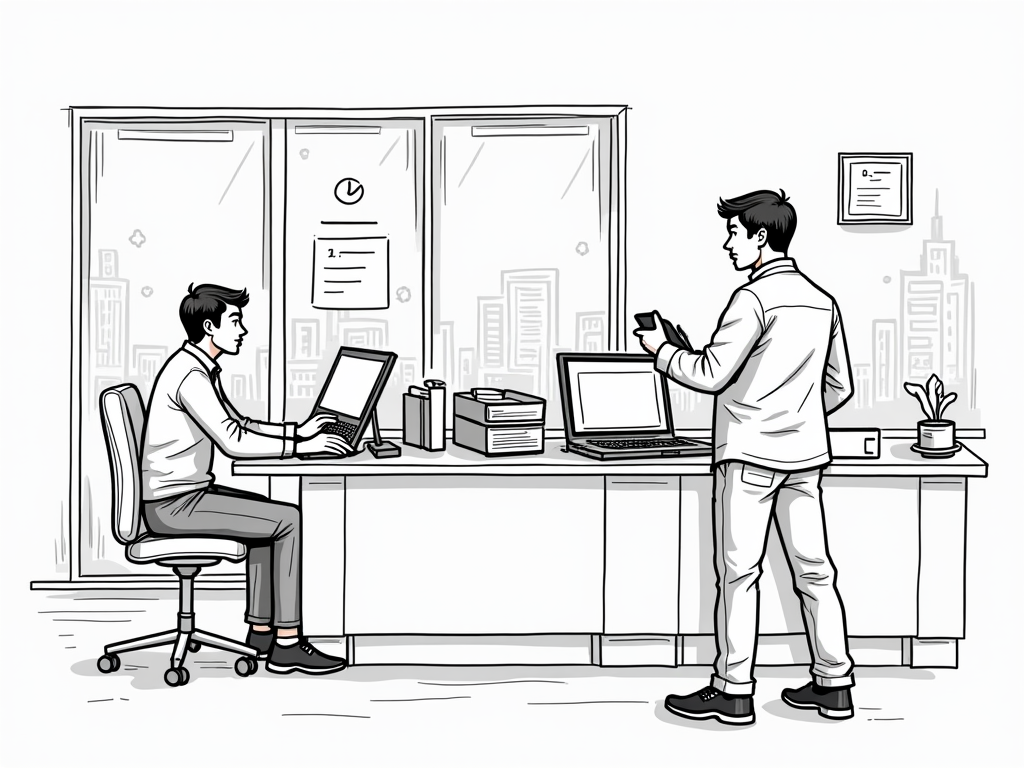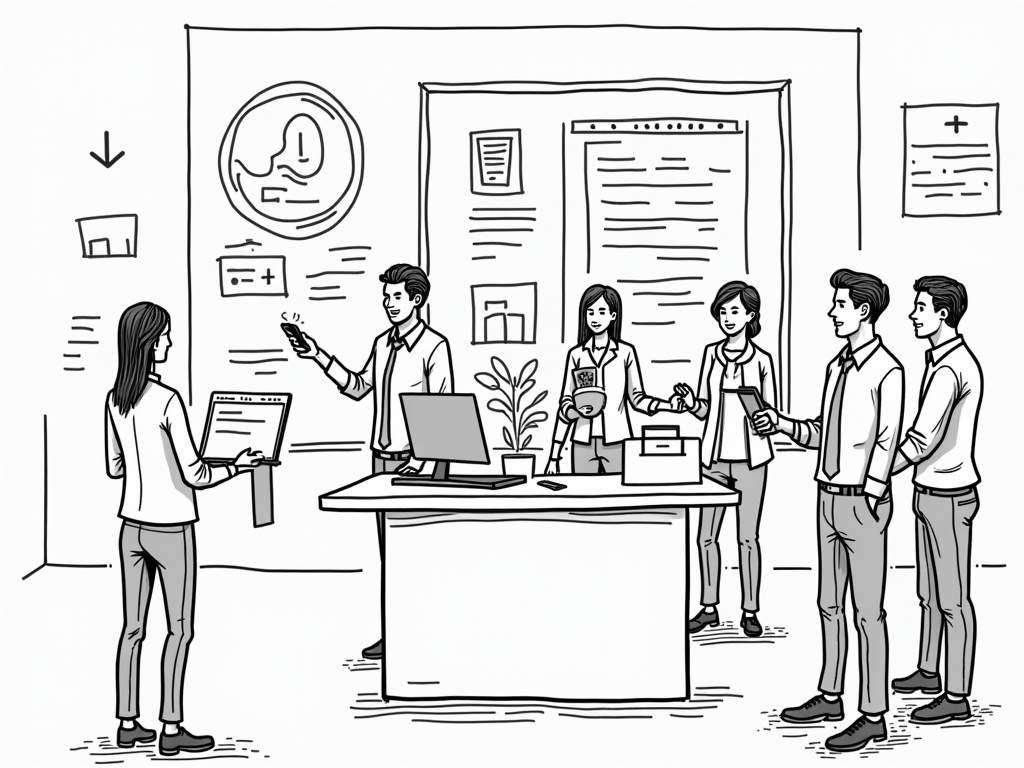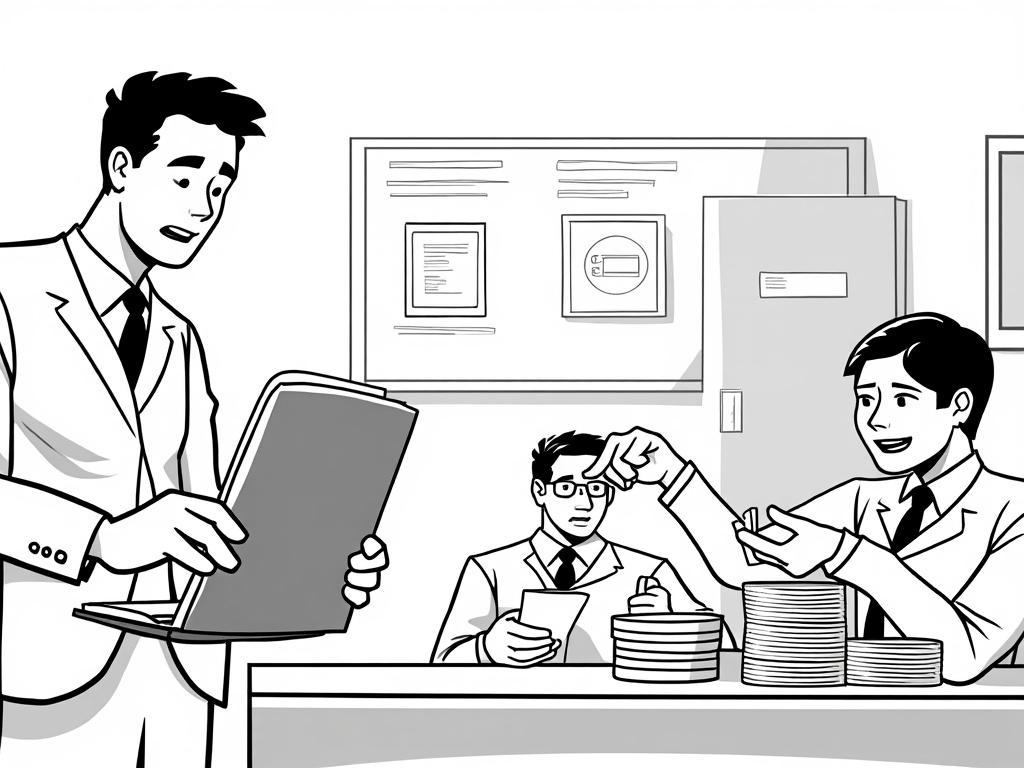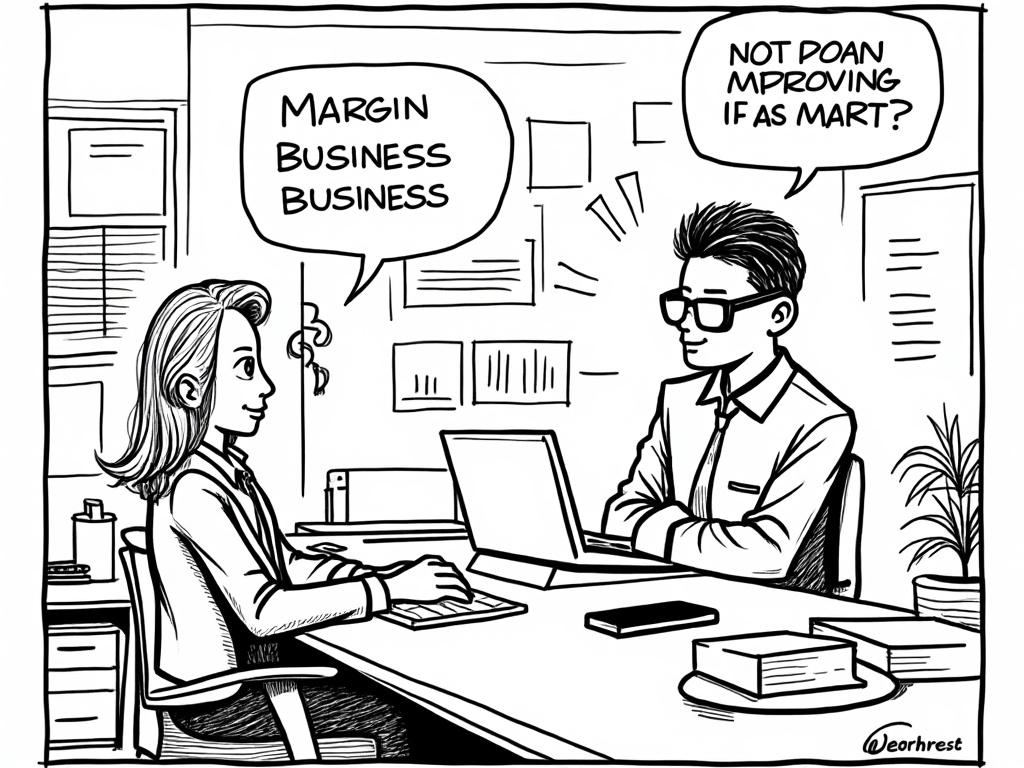
Claiming VAT Refunds in Spain: A Comprehensive Guide to Input VAT and Business Expenses
Reading time: 12 minutes
Table of Contents
- Introduction to VAT Refunds in Spain
- Understanding Spanish VAT System
- Eligible Expenses for VAT Refund
- The Refund Process: Step-by-Step Guide
- Essential Documentation and Record-Keeping
- Common Challenges and How to Overcome Them
- Critical Deadlines and Timeframes
- Digital Tools and Resources
- Conclusion
- Frequently Asked Questions
Introduction to VAT Refunds in Spain
Ever felt like you’re leaving money on the table when it comes to Spanish VAT? You’re not alone. Navigating the Spanish VAT refund system can feel like deciphering an ancient puzzle—complex, time-consuming, and filled with potential pitfalls.
The truth is, effective VAT recovery isn’t just about compliance; it’s a strategic financial opportunity that directly impacts your bottom line. For businesses operating in Spain or engaging with Spanish suppliers, understanding how to properly claim input VAT can mean the difference between unnecessary tax burdens and optimized cash flow.
Let’s cut through the complexity: VAT refunds in Spain aren’t just a bureaucratic exercise—they’re a legitimate financial strategy that requires precision, knowledge, and strategic planning.
Understanding Spanish VAT System
Spain’s VAT system (known locally as “IVA” – Impuesto sobre el Valor Añadido) operates on a fundamental principle: businesses act as tax collectors on behalf of the government, but shouldn’t bear the ultimate tax burden themselves. This creates the basis for input VAT recovery.
Spanish VAT Rates and Their Application
Spain employs a multi-tiered VAT structure that applies different rates depending on the goods or services:
- Standard rate (21%): Applies to most goods and services
- Reduced rate (10%): Applies to specific categories including food (except basic necessities), transport, renovation works, and some tourism services
- Super-reduced rate (4%): Applies to basic necessities like bread, milk, books, newspapers, and medications
Understanding these different rates is crucial as they directly impact the amount of VAT you can reclaim. The difference between a 4% and 21% rate can significantly affect your potential refund.
Input vs. Output VAT: The Fundamental Balance
The Spanish VAT system operates on a simple equation:
Output VAT (charged on your sales) – Input VAT (paid on your purchases) = VAT payable/refundable
When your input VAT exceeds your output VAT, you’re entitled to a refund. This commonly occurs when:
- You’re primarily engaged in export activities (which are typically zero-rated)
- You’ve made significant capital investments
- Your business supplies primarily reduced-rate goods while purchasing standard-rate inputs
Consider this scenario: María runs a small exporting business in Barcelona. She purchases local goods with 21% VAT (input VAT) but sells most of her products internationally at 0% VAT (export). Since her input VAT consistently exceeds her output VAT, she’s positioned for regular VAT refunds—if she knows how to properly claim them.
Eligible Expenses for VAT Refund
Not all business expenses qualify for VAT recovery in Spain. Understanding what’s eligible can prevent rejected claims and optimize your refund potential.
Qualifying Business Expenses
The Spanish tax authority allows input VAT recovery on expenses that are:
- Directly related to taxable business activities: The expense must connect to revenue-generating operations that are subject to VAT
- Properly documented: With compliant invoices containing all required information
- Not specifically excluded by Spanish VAT regulations
Common eligible expenses include:
- Raw materials and inventory
- Office equipment and supplies
- Professional services (consulting, legal, accounting)
- Commercial rent and utilities
- Business travel accommodations
- Marketing and advertising costs
Partially Deductible and Non-Deductible Expenses
Spain implements strict limitations on certain categories of expenses, making them either partially deductible or completely non-deductible:
| Expense Category | Deductibility Status | Deductible Percentage | Special Conditions |
|---|---|---|---|
| Entertainment expenses | Partially deductible | 50% | Must be business-related and reasonable |
| Passenger vehicles | Partially deductible | 50% | Must demonstrate business use |
| Luxury items | Non-deductible | 0% | Considered not essential for business |
| Personal expenses | Non-deductible | 0% | No personal-use items qualify |
| Fuel for vehicles | Partially deductible | 50% | For business-use vehicles only |
Quick Scenario: Carlos runs a consulting firm in Madrid and recently purchased a company car for €30,000 (plus €6,300 VAT). Under Spanish rules, he can only recover 50% of the VAT paid (€3,150) unless he can prove the vehicle is used exclusively for business purposes—which is notoriously difficult in practice.
The Refund Process: Step-by-Step Guide
The VAT refund process in Spain follows specific procedures that vary slightly depending on whether you’re a Spanish-established business or a foreign entity.
For Spanish-Established Businesses
For businesses established in Spain, the VAT refund process is integrated with regular VAT returns:
- Complete your periodic VAT return (Modelo 303)
- File quarterly (if your annual turnover is below €6,010,121.04) or monthly (for larger businesses or those registered in the Monthly Refund Registry)
- Document your input and output VAT for the period
- Calculate the difference (refund amount)
- Submit your Annual VAT Summary (Modelo 390)
- Required alongside your Q4 return
- Summarizes all VAT operations for the fiscal year
- Request the refund
- Mark the appropriate box in your VAT return
- Provide your bank account details for the refund
- Verification by tax authorities
- The Spanish Tax Agency (AEAT) reviews your claim
- They may request additional documentation or conduct an audit
- Receive your refund
- Standard processing takes up to six months
- Monthly filers in the Monthly Refund Registry may receive refunds within 30 days
For Non-Established Businesses (EU and Non-EU)
If your business isn’t established in Spain but incurs Spanish VAT, different procedures apply:
- For EU businesses: Submit claims through the electronic EU VAT refund system in your country of establishment (using Form 360)
- For non-EU businesses: File using the specific Spanish procedure with Form 361, typically requiring a fiscal representative
Real-world example: A German manufacturing company attended trade shows in Barcelona, incurring €4,500 in Spanish VAT on accommodation, booth rental, and local services. They submitted their claim through the German tax portal by September 30 of the following year, providing electronic copies of all invoices. Despite a request for additional information (which they promptly provided), they received their full refund within four months.
Essential Documentation and Record-Keeping
The success of your VAT refund claim often hinges on proper documentation. The Spanish tax authority maintains strict requirements that must be followed precisely.
Invoice Requirements
For an invoice to support a VAT refund claim in Spain, it must contain:
- Invoice number and date of issue
- Full name and NIF (tax identification number) of the supplier
- Full name and NIF of the customer
- Complete description of goods or services
- Date of supply (if different from invoice date)
- Unit price and quantity
- Applicable VAT rate(s)
- Total VAT amount (broken down by rate if multiple rates apply)
- Total amount payable
Invoices missing any of these elements may be rejected as a basis for input VAT recovery.
“The single most common reason for VAT refund rejection in Spain is incomplete or non-compliant invoice documentation,” notes María López, Spanish tax consultant at Deloitte. “Even a missing NIF number can invalidate an otherwise legitimate claim.”
Record-Keeping Best Practices
Maintaining organized records isn’t just good business practice—it’s essential for successful VAT recovery:
- Implement a dedicated system for storing VAT documentation
- Digital systems should include backup procedures
- Physical documents should be organized chronologically
- Retain records for the required period
- Spanish law requires VAT records to be kept for at least 4 years
- Consider extending to 10 years for complete legal protection
- Separate personal and business expenses clearly
- Maintain distinct payment methods when possible
- Document business purpose for potentially ambiguous expenses
- Implement internal verification procedures
- Check invoices for compliance before processing payments
- Request corrections for non-compliant invoices immediately
Common Challenges and How to Overcome Them
Even experienced businesses encounter obstacles when claiming Spanish VAT refunds. Anticipating these challenges can help you navigate them more effectively.
Processing Delays and Administrative Bottlenecks
The Spanish tax administration is notorious for its thorough—and sometimes lengthy—review processes. While the law establishes a six-month deadline for processing refunds, delays are common, especially for:
- First-time claimants
- Claims involving large amounts
- Businesses in sectors with high fraud risk (electronics, precious metals, construction)
Strategic solution: Enroll in the Monthly Refund Registry (REDEME) if you consistently generate VAT refund positions. This requires monthly (rather than quarterly) filing but typically accelerates refunds to 30 days. Be aware that enrollment also requires additional reporting obligations (immediate supply of invoice data or SII).
Navigating Audits and Information Requests
The Spanish tax authority frequently requests additional information before processing refund claims, particularly for:
- Expenses with mixed business/personal use potential
- High-value capital expenditures
- Transactions with related parties
Case study: Técnicas Avanzadas SL, a Madrid-based engineering firm, submitted a €42,000 VAT refund claim following a major equipment purchase. The tax authority requested detailed documentation on the equipment’s business purpose, installation location, and anticipated usage. By promptly providing comprehensive documentation—including their business plan showing how the equipment supported specific client projects—they successfully received their refund after a two-month verification process.
Practical approach: Prepare evidence packages in advance for significant or unusual expenses. Include business justifications, usage logs, and supporting documentation that demonstrates the business nature of expenses.
Critical Deadlines and Timeframes
Missing deadlines can permanently forfeit your right to recover Spanish VAT. Mark these critical timeframes in your financial calendar:
- Quarterly VAT returns (Modelo 303): Due by the 20th of the month following the end of each quarter (April 20, July 20, October 20, January 20)
- Monthly VAT returns (for REDEME members): Due by the 30th of the following month
- Annual VAT summary (Modelo 390): Due by January 30 of the following year
- EU VAT refund applications: Must be submitted by September 30 of the year following the expense
- Non-EU VAT refund applications: Due within six months of the calendar year-end following the expense period
“The strict September 30 deadline for EU VAT refund claims is absolute—even one day late will result in total rejection,” warns Juan Carlos Martínez, Head of Indirect Tax at PwC Spain. “I’ve seen companies lose substantial refund opportunities simply because they missed this deadline.”
Digital Tools and Resources
Spain has increasingly digitalized its tax processes, offering tools that can streamline VAT compliance and refund processes.
Official Spanish Tax Agency Resources
- Sede Electrónica de la AEAT: The official electronic portal for filing tax returns and managing tax affairs (https://sede.agenciatributaria.gob.es)
- Pre303 System: Assists with preparing VAT returns by pre-filling information based on SII data
- AEAT Mobile App: Allows tracking of refund status and notifications
Third-Party Solutions
Several specialized software solutions can help streamline Spanish VAT compliance:
- Automated invoice validation tools that check compliance with Spanish requirements in real-time
- VAT recovery platforms (like Taxback International, VAT IT, or Meridian) that specialize in managing cross-border VAT recovery for non-established businesses
- SII-compatible accounting systems that automatically prepare the required real-time invoice reporting
Practical approach: While these tools can greatly reduce administrative burden, they work best when coupled with human oversight from team members who understand Spanish VAT regulations.
Conclusion
Successfully navigating Spanish VAT refunds isn’t just about compliance—it’s a strategic financial opportunity that directly impacts cash flow and profitability. The system may be complex, but with proper understanding, documentation, and proactive management, businesses can optimize their VAT recovery position.
Remember these key principles:
- Understand which expenses qualify for full, partial, or no VAT recovery
- Maintain meticulous documentation that meets all Spanish requirements
- Consider enrollment in the Monthly Refund Registry for faster processing
- Respect strict deadlines—they’re non-negotiable
- Leverage digital tools while maintaining human oversight
The Spanish VAT system rewards those who approach it strategically and systematically. By implementing the practices outlined in this guide, you’re well-positioned to turn VAT compliance from a bureaucratic burden into a financial advantage.
Frequently Asked Questions
How long does it typically take to receive a VAT refund in Spain?
Standard processing time for Spanish VAT refunds is up to six months from the filing date. However, businesses enrolled in the Monthly Refund Registry (REDEME) typically receive refunds within 30 days. Processing times can extend if the tax authority requests additional information or conducts an audit. Foreign businesses claiming refunds through the EU VAT refund system generally experience longer waiting periods, typically 4-8 months.
Can I claim VAT on business entertainment expenses in Spain?
Yes, but with significant limitations. Spain allows only 50% VAT recovery on legitimate business entertainment expenses. To qualify, you must demonstrate a clear business purpose, maintain detailed documentation (including attendee names, companies represented, and business topics discussed), and ensure the expenses are reasonable and proportionate. Purely social events or entertainment primarily benefiting employees generally don’t qualify for any VAT recovery.
What should I do if my VAT refund claim is rejected or disputed?
If your claim is rejected, you have several options. First, request a formal explanation for the rejection from the tax authority. For minor documentation issues, you may be able to resubmit with corrected information. For substantive disputes, you can file a formal appeal (“recurso de reposición”) within one month of the rejection notification. If this is unsuccessful, you can escalate to the Economic-Administrative Tribunal within one month of the appeal decision. Throughout this process, working with a Spanish tax professional is highly recommended as procedural errors can invalidate your appeal rights.



